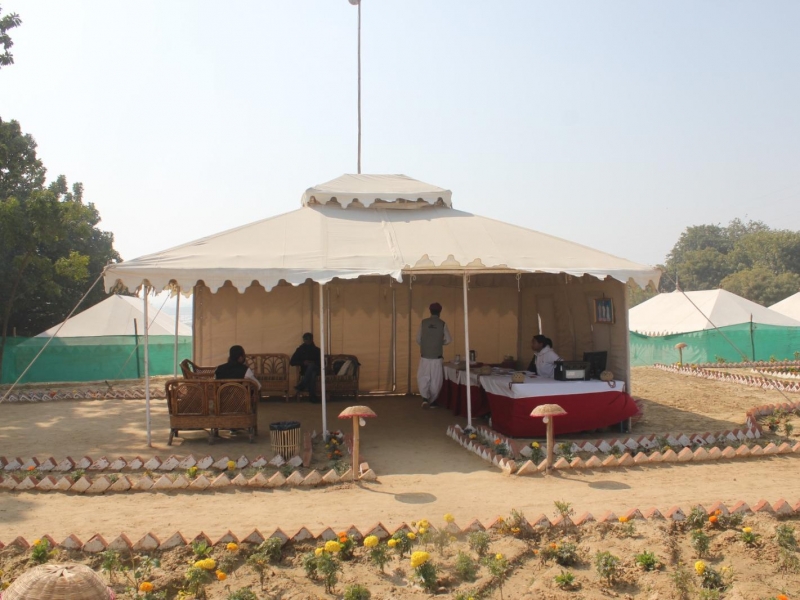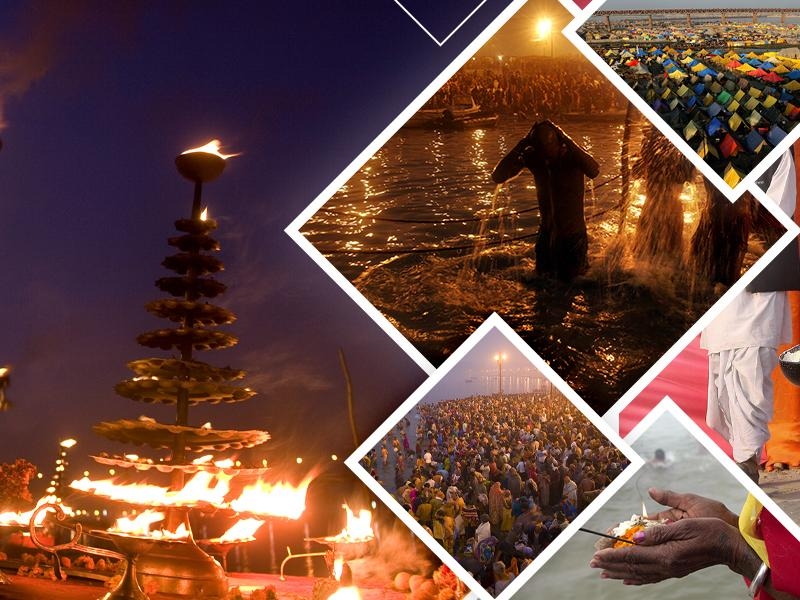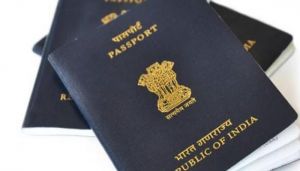
Rann of Kutch is divided into two regions, one, Little Rann of Kutch and two, Great Rann of Kutch. Where, the Little Rann of Kutch is the salt marsh land and is known as the refuge of the rare Indian Wild Ass; the Great Rann of Kutch is a seasonal salt marsh that spreads in an area of more than 7000 sq kms.
1. Traditional Villages

Both Little Rann of Kutch and the Great Rann of Kutch are edged by number of traditional villages that possess skills that are unmatched. These tribal groups and sub-casts display their talent of making incredible handicrafts that draws the attention of many. From Intricate Banni embroidery to leather work, from weaving and beadwork to colourful mud huts, these villages never stop to amaze one. Visiting the Hodka Artist Village, Ludia Village and interacting with the nomadic communities of Bharvads and the Mirs are things that should be on your list.
2. Wildlife Safaris

The Little Rann of Kutch is the home to the rare species of Indian Wild Ass. This bleak yet biodiversity enriched land is an important area and is famed with the name of Indian Wild Ass Sanctuary. Apart from wild ass, this sanctuary is also a safe shelter to many local and migratory water birds like flamingos, cranes, ducks, pelicans and land birds like sandgrouse, francolins, the Indian bustards and mammals like Indian wolf, desert fox and nilgai. This unique wildlife sanctuary offers great opportunity of open-air jeep safaris, horse safari and even camel safaris. Adding to the thrill, the reserves also allow animal-watching at night with nothing but the light of moon to guide you.
3. Bird Watching

Each year, during the winter season, a sizable population of migratory birds like Flamingos, Pelicans and Francolins visit Kutch Desert Wildlife Sanctuary. Also, several endangered species of birds can also be found here. For bird watchers it is an ideal time to visit the sanctuary as they can enjoy some incredible sight.
4. Rann of Utsav

Rann of Kutch celebrates its entity each year between the months of December and March. The month long celebration displays the rich culture and diversity of the region. Also, it is that time of the year when one can enjoy camel safaris on full moon nights, camping in luxurious tents, bonfires, cultural performances and savoring the local cuisine.
5. Where to Stay

The most popular choice is the Gateway to Rann Resort at Dhordo. One gets an opportunity to live in mud huts that traditionally crafted and decorated with handicrafts.
The Gujarat government offers tourist accommodations at the Toran Rann Resort, which is opposite the army checkpoint near the entrance to the salt desert. Another option is the Shaam-e-Sarhad (Sunset at the Border) Village Resort in Hodka. This resort is owned and managed by local residents. One can choose from staying in tents or traditional Bhungas here.
Photo Courtesy : Melwyn Patel
Recommended For You
-
 Best Places to Stay During Kumbh 2025: From Tents to Luxury Hotels
Best Places to Stay During Kumbh 2025: From Tents to Luxury Hotels
-
 The Ultimate Guide to Maha Kumbh Mela 2025 at Prayagraj
The Ultimate Guide to Maha Kumbh Mela 2025 at Prayagraj
-
 Understanding the Importance of the Sangam: The Confluence of Faith
Understanding the Importance of the Sangam: The Confluence of Faith
-
 The History and Mythology of Kumbh Mela: A Journey Through Time
The History and Mythology of Kumbh Mela: A Journey Through Time
-
 Best Places to Eat in Goa: Indulge in a Culinary Delight
Best Places to Eat in Goa: Indulge in a Culinary Delight
-
 The Future of Drone Tourism: How Drones are Changing the Travel Industry
The Future of Drone Tourism: How Drones are Changing the Travel Industry





















